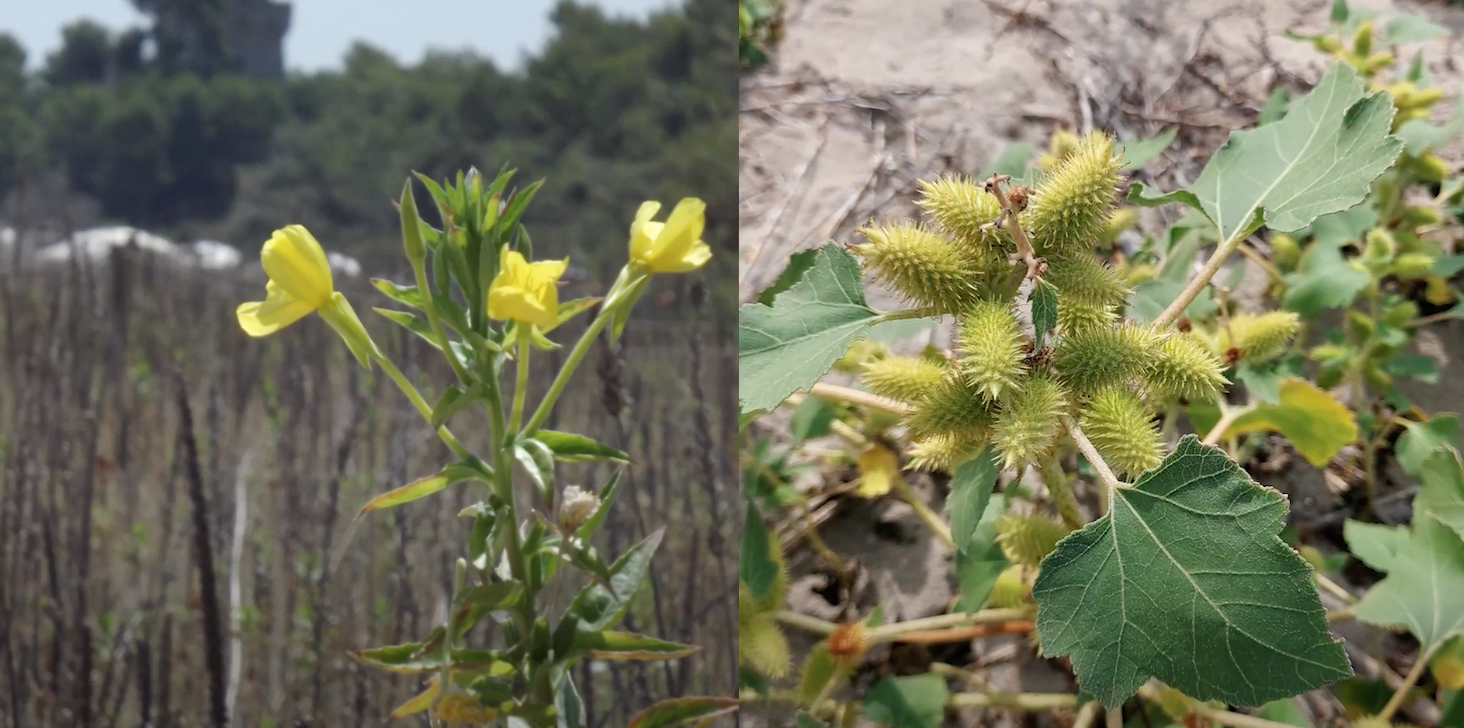The spread of invasive exotic plant species and the increasing littering are common issues on both sides of the Adriatic Sea. The Interreg Italy-Croatia CASCADE project aims, among other objectives, to implement ecological monitoring activities of coastal ecosystems to assess the impacts of anthropogenic pressures on biodiversity and develop useful strategies to mitigate the negative effects on the environment.
Invasive exotic species are a major cause of global change, causing economic damage, loss of biodiversity, and alteration of ecological and functional characteristics of ecosystems. The coastal environment is particularly susceptible to this threat due to landscape fragmentation and the use of exotic species in urban gardening and reforestation, some of which become invasive in natural environments.
Dune ecosystems are characterized by the presence of highly specialized flora, distributed in a mosaic pattern, often suffering due to excessive trampling and removal for the use of land for tourism and recreational purposes. Human interference makes these environments particularly vulnerable to the impact of invasive exotic species.
In addition, these delicate and valuable environments are exposed to the deposition and accumulation of sea-borne litter, a phenomenon known as “beach litter.” Abandoned plastic and polystyrene from human activities pose both a direct threat to the safety of wildlife such as seabirds and turtles, and an indirect threat by changing the chemical and physical characteristics of coastal environments.

